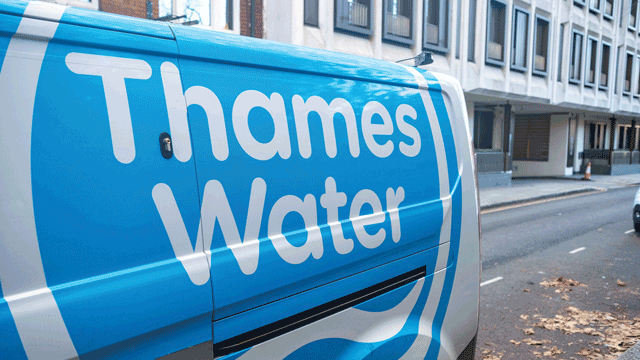Defendant acquiring properties owned by bankrupt – Wife of bankrupt conveying to defendant “as mortgagee” – Sale proceeds to be wholly applied in discharge of various mortgages – Trustee in bankruptcy seeking to avoid under section 339 of Insolvency Act 1986 – Whether transaction effected by bankrupt – Whether transaction capable of being at an undervalue
In July 1997 the fourth defendant (Silver), a developer, entered into a contract for the purchase of seven adjoining plots of land in Battle, East Sussex, for £670,000. The vendors were B, his wife (W) and their son. In October 1997 B was made bankrupt. Completion of the contract took place in March 1998. Two of the plots, Barbarossa and Hillcrest (respectively priced at £29,000 and £75,000), although owned by B, were sold and conveyed by W as mortgagee. The mortgage over Barbarossa had allegedly been created by a deed executed by B in January 1994, whereby he charged the property to secure the repayment to W of a £70,000 loan. As regards Hillcrest, W had become a mortgagee two days before the completion with Silver, when, for a payment of £14,781, she redeemed and took a transfer of a 1982 mortgage held by Nationwide Building Society. Other mortgages were outstanding on both properties.
The claimant, B’s trustee in bankruptcy, brought proceedings seeking, inter alia, to have the transfers of Barbarossa and Hillcrest set aside under section 339 of the Insolvency Act 1986 as being transactions entered into by the bankrupt at an undervalue. Silver objected, claiming that, regardless of the price paid, the section could not apply because: (i) the transfers had not been effected by B; and (ii) in any event, B’s interest in the properties was worthless at all material times. The judge found as a fact that the 1994 loan transaction between B and W was genuine.
Held: The objections raised by Silver were valid.
1. For the purpose of section 339, the relevant transaction was not the contract but the actual disposal of the properties in favour of Silver. Since the transfers effectively superseded the contract, it was immaterial that the contract might have been specifically enforceable against B. The transfer by W as mortgagee could not be dismissed as mere “conveyancing mechanics”. On a plain reading of the section, the words “entered into by the [bankrupt]” did not extend to a transfer by way of sale by the bankrupt’s mortgagee.
2. The amount owing under the outstanding mortgages was such that, even if the properties had been sold at the price contended for by the claimant, no part of the proceeds would have been receivable by the bankrupt. That being so, and adopting the reasoning of Millet J in Re MC Bacon Ltd [1990] BCLC 324 at p340, the issue of undervalue became academic so far as the trustee in bankruptcy was concerned. There was, accordingly, no basis for granting relief to the trustee under section 339.
Stephen Atherton (instructed by Wilde Sapte) appeared for the applicant trustee in bankruptcy; Charles Gratwicke (instructed by Harris Segal) appeared for the first three named defendants; David Marks (instructed by Russell-Cooke, Potter & Chapman) appeared for the fourth defendant.
Alan Cooklin, barrister








